Looking for vegetables that start with C? Do you know the names of all vegetables that start with C?
So, in this article, I’ll mention 15 vegetables starting with C, along with some of their fun facts and benefits.
You may not have been familiar with all of these, but you can now upgrade your vegetable dictionary and select the ideal ones for your lunch and dinner!
If you love this type of articles, you should check out our Foods that start with, Fruits that start with and Vegetables that start with series.

Classification of Vegetables
Vegetables are classified based on the parts that are eaten. Because of this mode of classification you are going to find that some vegetables will fall into more than one category.
They can be classified as bulbs (onions), fruits, flowers, fungi (mushrooms), leaves, stems, roots, seeds, and tubers.
Vegetables that start with C
- Cabbage
- Cactus
- Canna
- Celery
- Cassava
- Chard
- Cardoon
- Carrots
- Cauliflower
- Corn
- Chili pepper
- Cucumber
- Courgette
- Collard Green
- Celeriac
If you love this type of articles, you should read Foods that start with C, Vegetables that start with B, Fruits that start with A.

More on these Vegetables that begin
In this section we will tell you more about these vegetables that begin with C
1. Cabbage

Although cabbage resembles lettuce, it belongs to the Brassica family of vegetables, including broccoli, cauliflower, and kale. It can have crinkled or smooth leaves and comes in several colors and shapes, including red, purple, white, and green.
It can be eaten raw in salads and sandwiches, and you can also eat it , steamed, boiled or added to soups. Cabbage is rich in vitamin C, an antioxidant that may prevent heart disease, cancer, and vision loss.
Cabbage recipes to try: Low carb unstuffed cabbage, Easy Coleslaw recipe, Cabbage rice, Cabbage fufu
2. Cactus
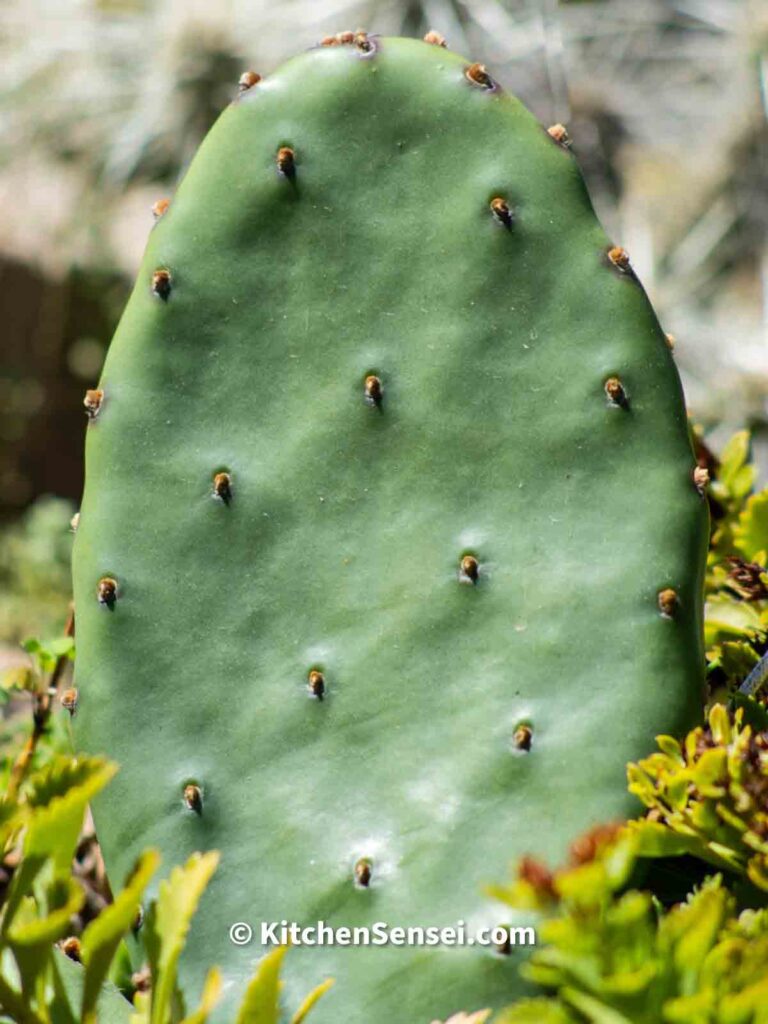
Cactus belongs to the plant family Cactaceae, which contains roughly 2,000 species and 139 genera. They’re succulent perennial plants. Stems of cacti are often herbaceous or woody and contain chlorophyll.
Numerous edible cactus species exist, such as the prickly pear and saguaro. It may provide various health benefits, including treating enlarged prostate and regulating blood sugar levels.
Cactus recipes to try: Mexican cactus leaves salad, How to prepare Nopales (Cactus pads), Grilled cactus paddles.
3. Canna
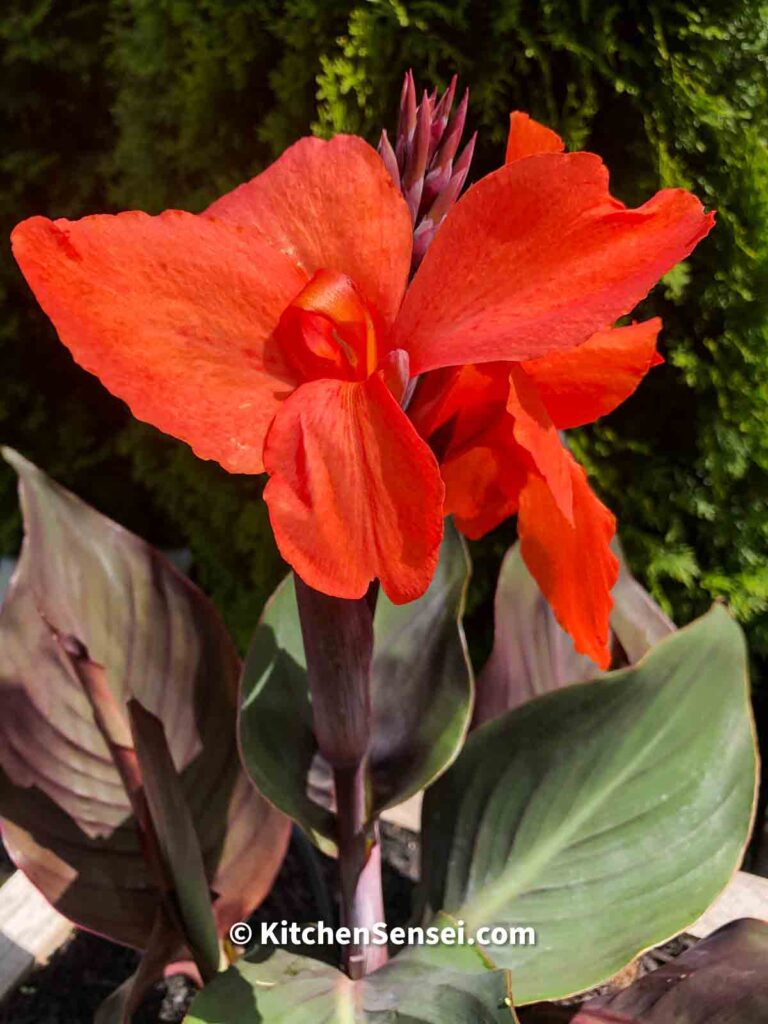
Canna, sometimes known as the canna lily, is the only genus of flowering plants in the Cannaceae family, with 10 species.
They’re large herbaceous perennials that grow in tropical and subtropical areas. Although most cultivars have pure green leaves, others feature glucose, brownish, maroon, or even variegated foliage.
To prepare canna roots (rhizomes) for consumption, they are boiled or baked until they turn from white to translucent.
4. Celery
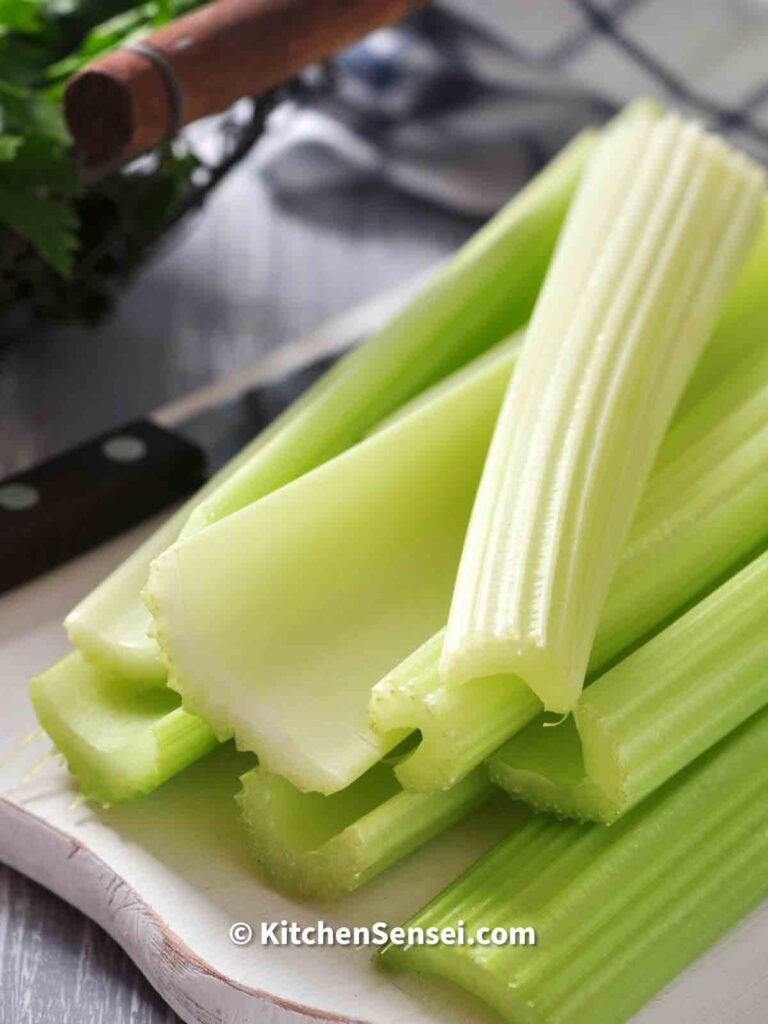
Celery is a member of the Apiaceae family, which also contains carrots, parsnips, celeriac, and parsley. It has a tall, fibrous stem that tapers to leaves.
The flavor of celery is distinctively leafy and earthy. The stem is juicy and salty; however leaves may be bitter and slightly spicy.
Celery’s crunchy stalks make it a popular low-calorie snack, and it may offer a number of health advantages, including the prevention of cancer and blood pressure.
Recipes using Celery: Celery juice, Simple Celery soup, Braised Celery
5. Cassava

Cassava (Manihot esculenta), generally known as manioc, tapioca root or Yuca, is a nutty-flavored, starchy root vegetable produced in tropical places worldwide.
While both sweet and bitter cassava types are available, the sweet kind is more popular in the United States.
The most widely consumed portion of the cassava plant is its extremely versatile root. You can eat it as a whole, grate it, or can process it into flour to make bread and crackers.
Cassava (Yuca) recipes: African Salad (Abacha), Cassava (Yuca) fries, African Fufu (Akpu),

6. Chard
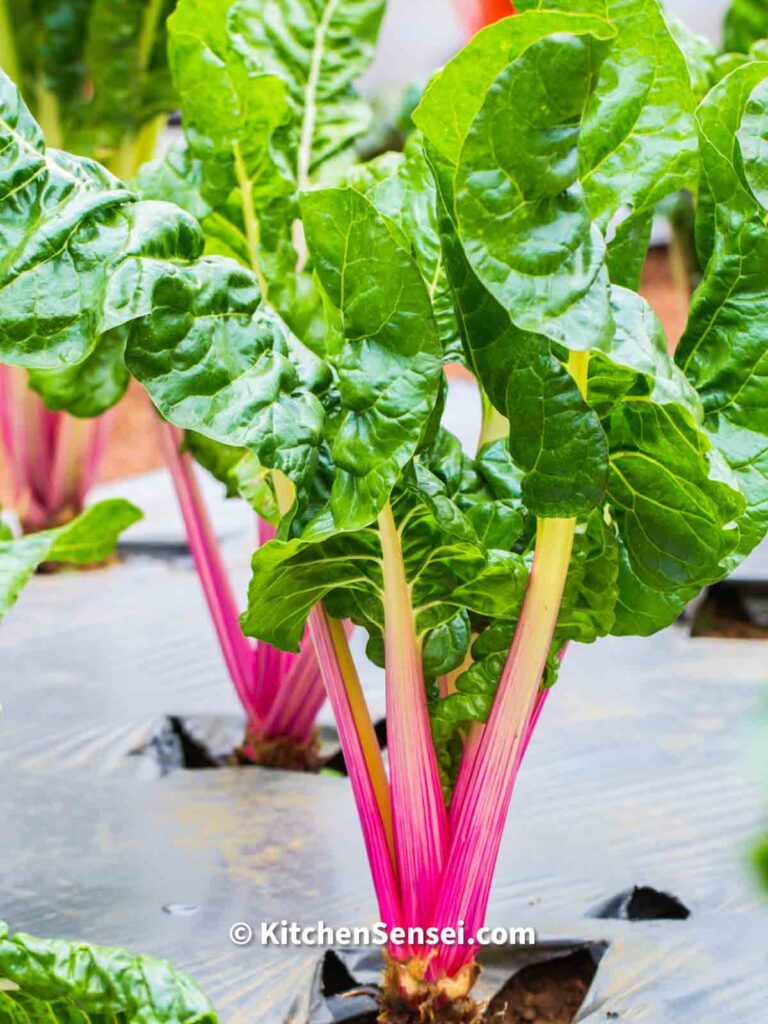
Chard, often known as Swiss chard, is a type of green leafy vegetable belonging to the Chenopodioideae family, including beets and spinach.
Swiss chard is a Mediterranean native with several varieties, some of which have bright, jewel-toned stems and veins that make this vegetable appealing to the eye.
It is high in iron, copper, potassium, calcium, and vitamin E. It is not only full of nutrients but also low-calorie, making it an excellent choice for maintaining a healthy weight.
Swiss Chard recipes: Sautéed Swiss Chard recipe, Creamed Swiss Chard with bacon, Sautéed Swiss Chard with white beans.
7. Cardoon
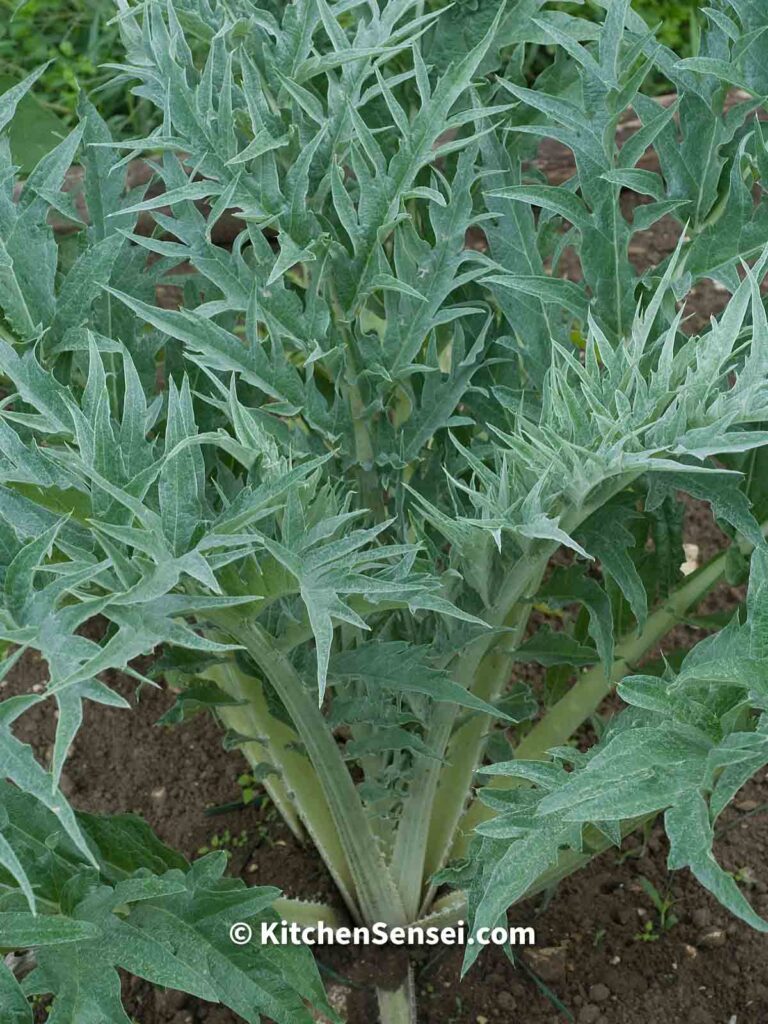
The cardoon, often known as the artichoke thistle, is a member of the Asteraceae family of thistles.
It tastes bitter, like a gigantic artichoke with little, spiky blossom heads. The edible portion resembles a celery stalk; however, only the stalks and not the flower buds are edible.
Cardoon recipes: Cardoon Parmigiana, Air fried Cardoons, How to cook Cardoons.
8. Carrots
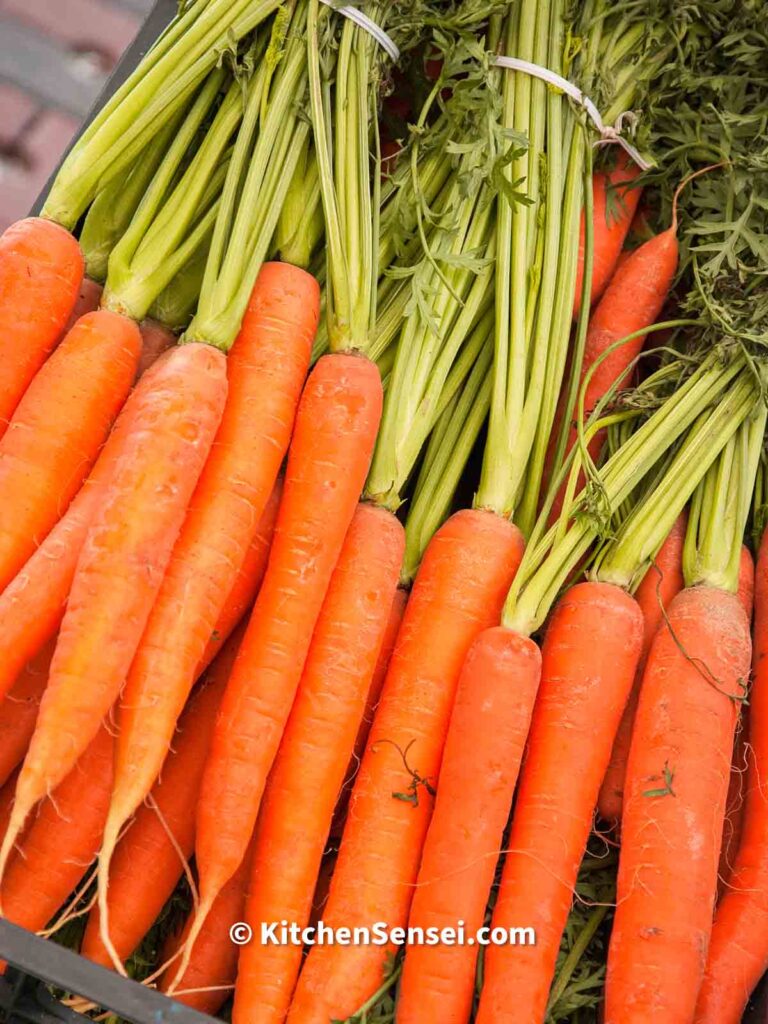
The carrot (Daucus carota) is a root vegetable frequently touted as an excellent health food. They are usually orange in color, but you may find other variants, too, such as red, white, yellow, and purple.
It is crunchy, delicious, and incredibly nutritious. Carrots are rich in beta-carotene, fiber, vitamin K1, potassium, and antioxidants.
Carrots can be eaten raw, but they can also be cooked, boiled, stir-fried, and used in a number of cuisines.
Carrot recipes: Air fryer baby carrots, Glazed carrots, Air fryer rainbow carrots,
9. Cauliflower
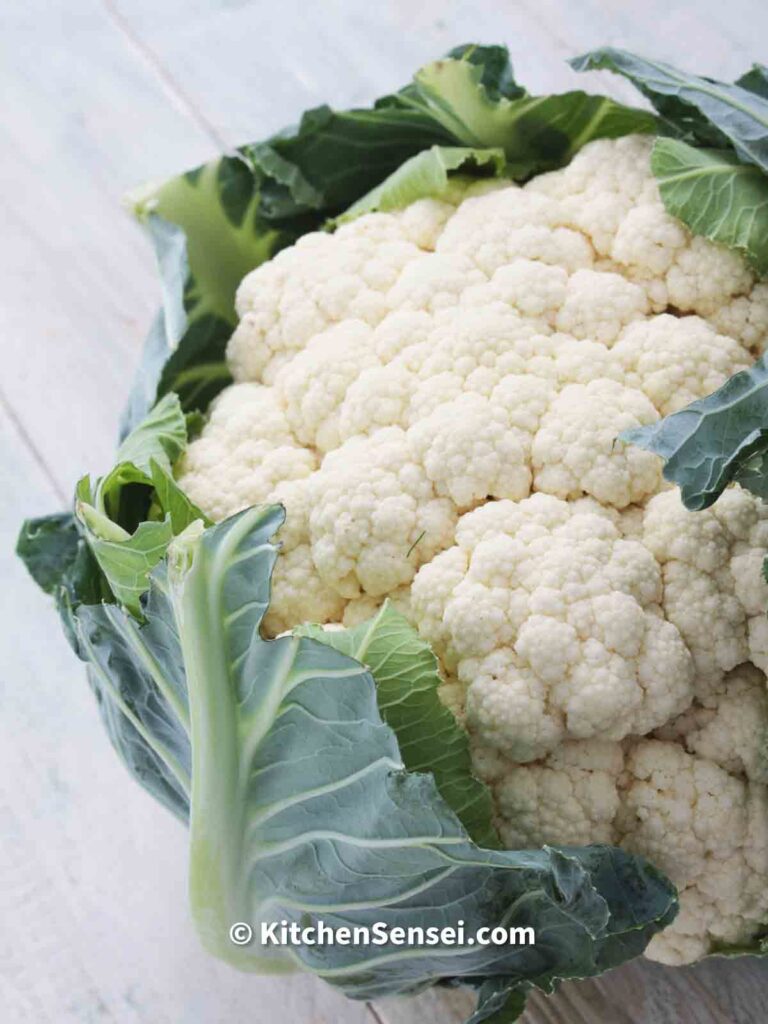
Cauliflower is a cruciferous vegetable belonging to the family Brassicaceae. Generally, the flavor is quite nutty and nearly sweet. However, cauliflower can also have a bitter flavor profile.
Only the head of cauliflower is typically consumed, although its leaves can also be eaten. It can be steamed, boiled, roasted, and incorporated into various dishes.
Cauliflower is low in calories while being high in vitamins. In fact, it has nearly every vitamin and mineral that you require.
Cauliflower Recipes: Cauliflower mash, Cauliflower fufu, Riced Cauliflower, Popcorn Cauliflower
10. Corn
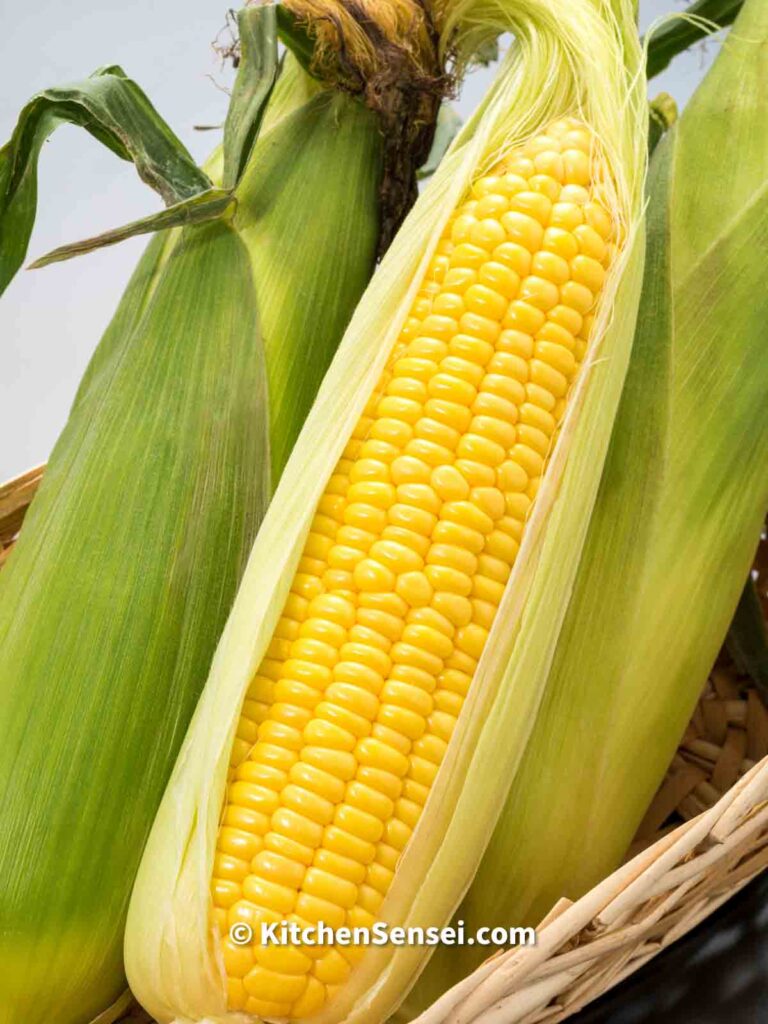
Corn, commonly known as maize, is a starchy vegetable consisting of kernels on a husked cob. It is native to Central America and one of the most popular veggies/fruits in the United States.
Corn is usually yellow but also occurs in numerous colors, including orange, purple, red, white, and black corn.
Whole-grain maize is as nutritious as any cereal grain since it is high fiber and contains numerous minerals, vitamins, and antioxidants.
11. Chili Peppers
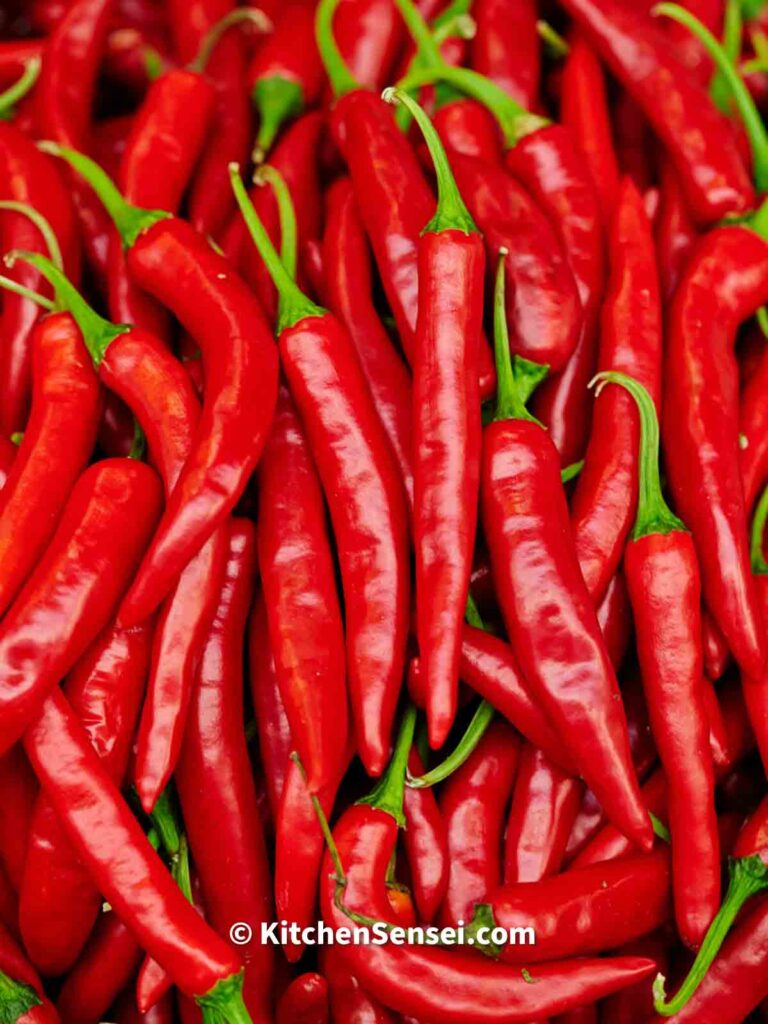
Chili peppers are variants of the berry-fruit of Capsicum plants. They belong to the nightshade family, including bell peppers and tomatoes.
There are many types of chili peppers, including cayenne and jalapeno.
Chili peppers are mainly used as spices. You can cook, dry, and ground them into a powder. Powdered red chili peppers are used to make paprika.
12. Cucumber

Cucumber is a commonly grown vine plant in the family Cucurbitaceae that typically yields cylindrical fruits.
They have a light flavor and a high water content. They are refreshing to consume in hot weather and can help reduce dehydration.
You can enjoy cucumber raw as in salads and sandwiches, but they can also be grilled, sautéed, fried, and roasted.
Cucumber Recipes: Healthy Cucumber juice, Cucumber Salad, Cucumber and peanut butter bites.
13. Courgette
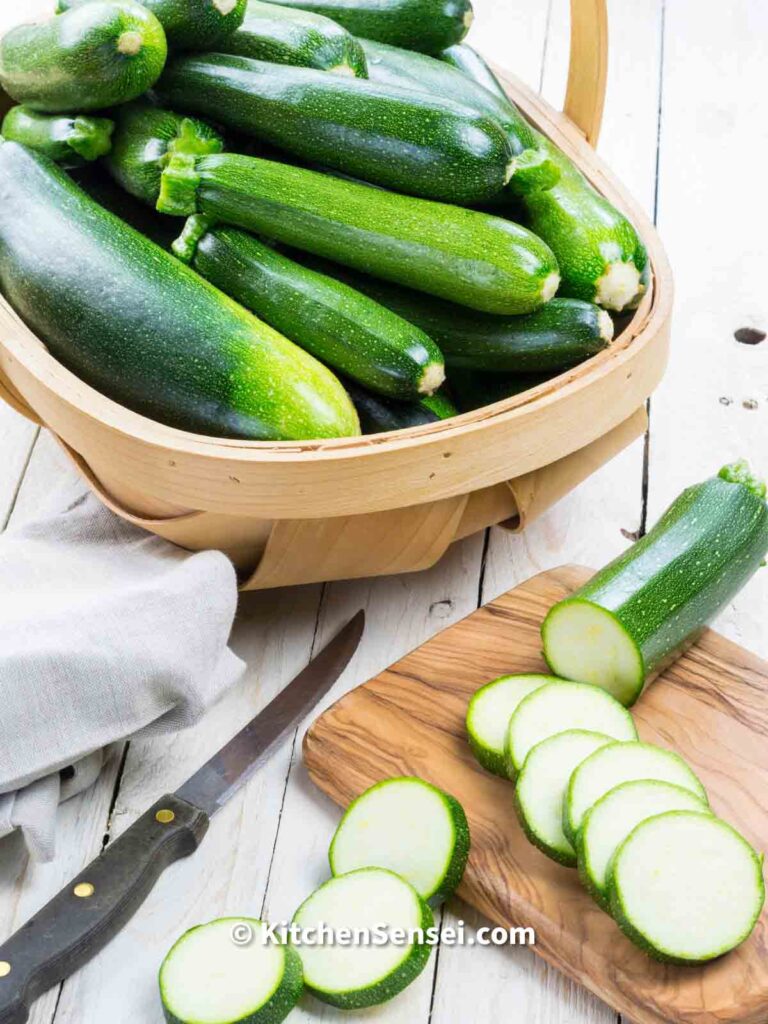
Courgette, often known as zucchini, is a type of summer squash belonging to the Cucurbitaceae plant family, including melons, spaghetti squash, and cucumbers.
Despite its standard classification as a vegetable, courgette is botanically classed as a fruit. It is found in numerous kinds ranging from deep yellow to dark green.
Courgettes don’t require peeling. You can cut each end off and prepare as directed in the recipe. They can be eaten raw if finely cut.
Here are some Courgette recipes to try: How to cook Courgettes, Fried Zucchini, Roasted Zucchini with Parmesan
14. Collard greens
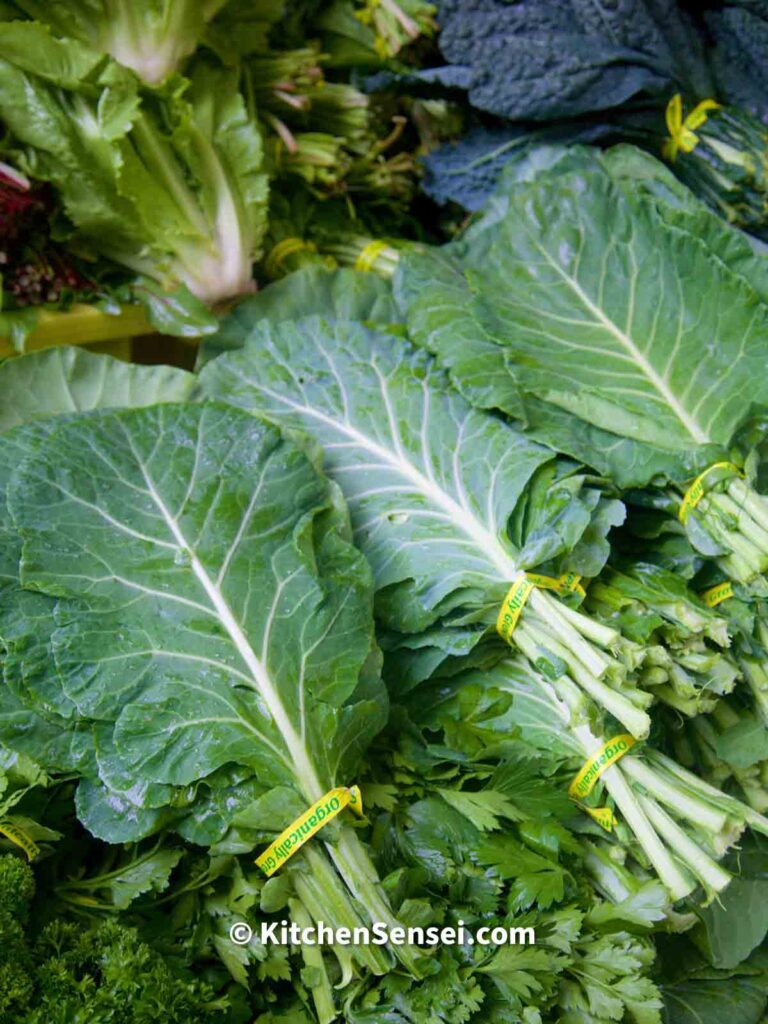
Collard is a collection of loose-leafed varieties of Brassica oleracea, which is the same species as many familiar vegetables, such as cabbage and broccoli.
They are distinguished by their medium green colors and stiff, oval-shaped leaves.
Its leaves can be used to make wraps and sandwiches. You can also enjoy them in soups, salads, and slaws.
Some Collard green recipes: Southern Collard Greens, Black folks Soul food Collard greens recipe, Vegetarian Collard Greens
15. Celeriac

Celeriac is a root vegetable related to celery, parsley, and parsnips. Its scientific name is Apium graveolens var. rapaceum. It originated in the Mediterranean and is a member of the carrot family.
The oddly formed, knobby celeriac has a delicate celery-like taste with nutty flavors. Try it as a mash, in big-flavored, slow-cooking recipes, or enjoy it in your soups and stews.
Here is how to cook Celeriac and some fun Celeriac recipes to try. Creamy Celeriac Mash, Easy oven roasted Celeriac, Simple Sautéed Celeriac roots, Celeriac steak
More in the Vegetables that start with Category
- Vegetables that start with E
- Vegetables that start with D
- Vegetables that start with F
If you enjoyed this guide or love articles like this follow @KitchenSensei on Pinterest for more and don't forget to share this post with loved ones.





Share your thoughts!